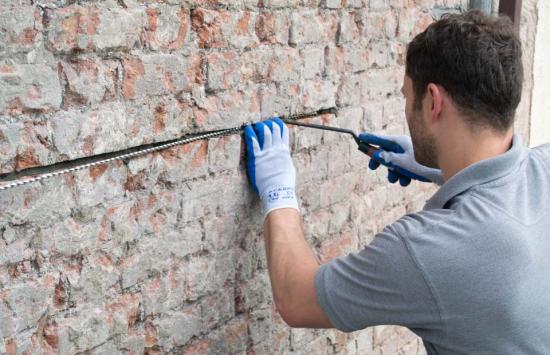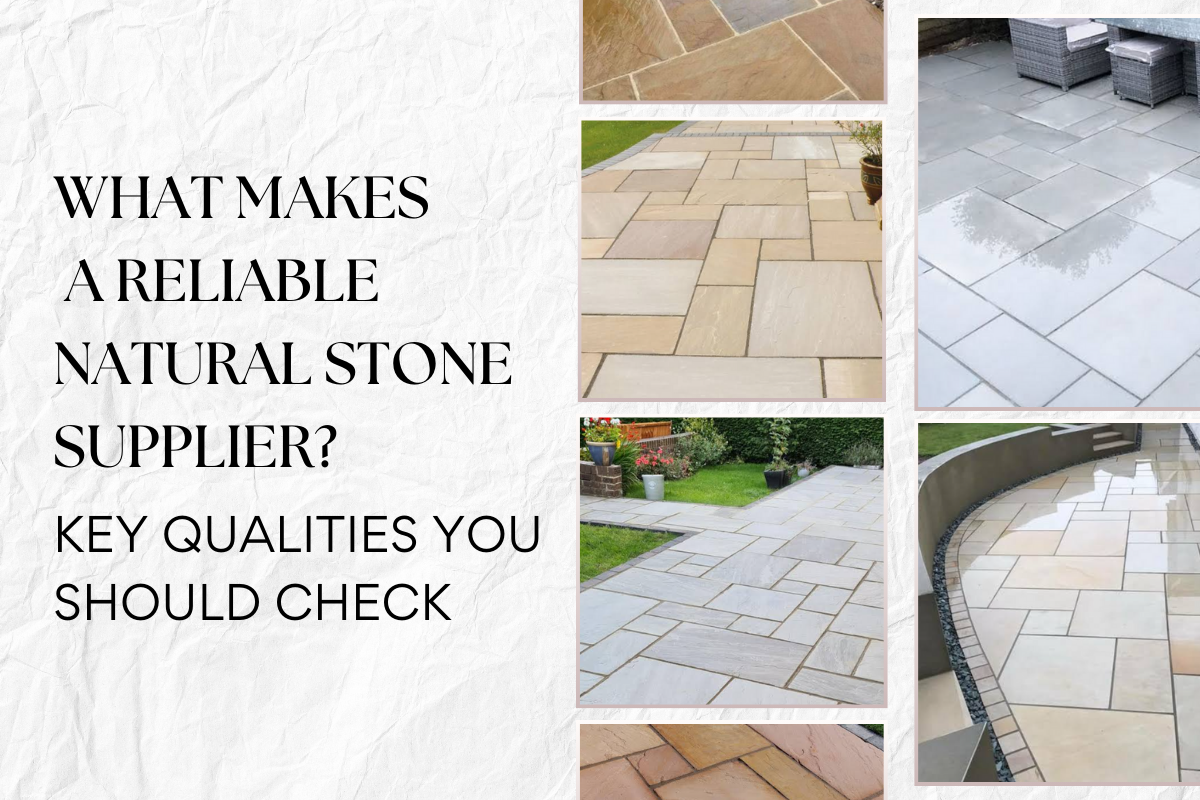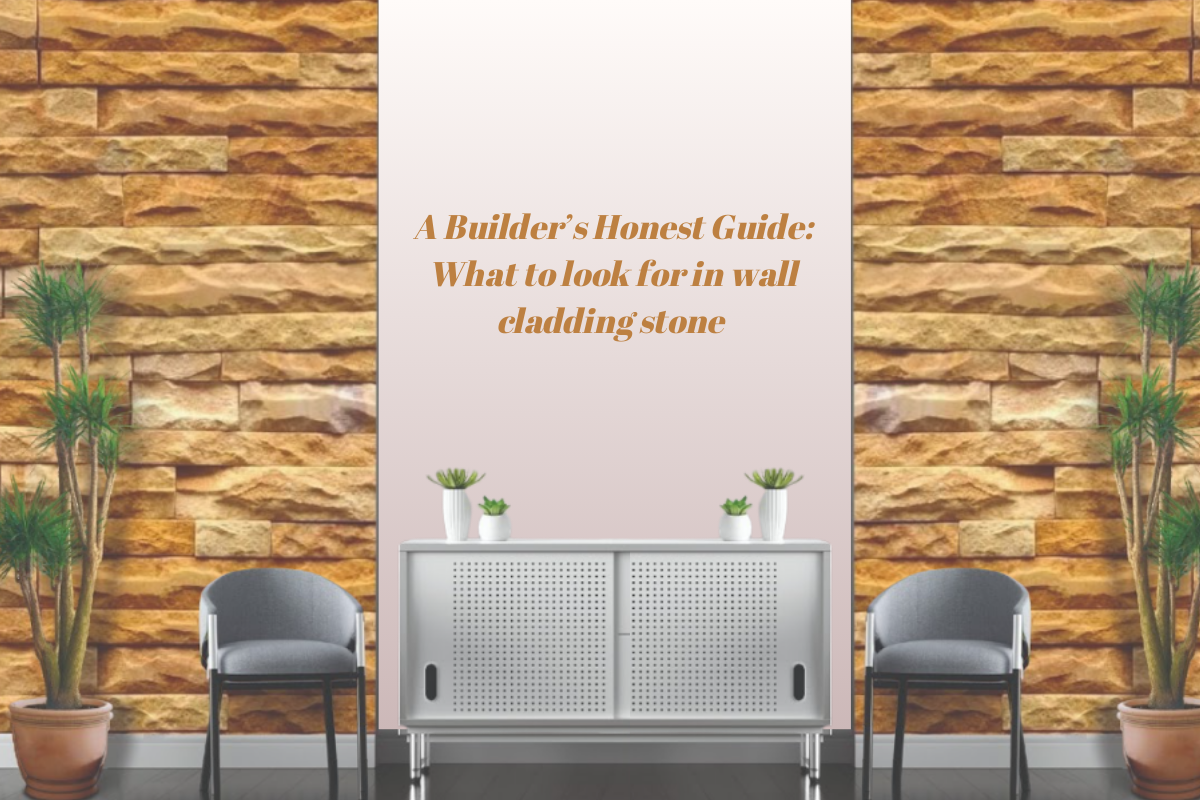Summary
Summer might look like the best season for stone installations—but without care, the heat from the season can lead to hairline cracks, discoloration, and lasting damage. This JK Stones blog discusses the science behind thermal expansion caused by stone cracking and provides expert-backed advice to avoid it. Whether you are looking for natural stone cladding in Delhi or granite cobblestone in Haridwar, this guide will assist you in designing smarter, stronger, and more stunning spaces.
Summer offers clear skies and dry weather—ideal conditions for outdoor renovations, right? Not entirely. At JK Stones, we’ve seen the other side of summer stonework: the fine, frustrating hairline cracks that appear weeks or months after installation. These cracks not only disrupt the beauty of installations like smooth stone craft or sandstone paving in Lucknow, but can also weaken the structure and raise long-term costs.
So, why do these cracks appear after an apparently flawless summer installation? And more significantly, how can you prevent them?
Let’s get into the science—and the solution.
1. Knowing Thermal Expansion in Natural Stones
Natural stone is durable—but it’s nevertheless a material governed by physics. With temperatures fluctuating during the day and dropping at night, stones expand and contract. This is normally microscopic, but over time the pressure mounts—particularly in bad areas of installation—causing cracks.
Granite and sandstone, two popular choices for stone cladding exterior developments, are very prone to this because they are porous and mineral-based.
Real Example:
We recently consulted on a granite cobblestone driveway in Haridwar. While the original work seemed impeccable, hairline cracks showed up within 6 weeks. Why? No expansion joints. The summer heat took care of the rest.
2. Most Common Summer Installation Blunders That Result in Cracks
Even the finest stones can crack if they’re installed disregarding the thermal behavior of the summer. A few common blunders are given below:
No Expansion Gaps
This is another major offender. In an effort to attain a smooth appearance—particularly in case of smooth stone work—installers tend to omit the minute openings required for the stone to “breathe.” Without such flexibility, the strain is transferred to the stone itself, leading to cracking.
Incorrect Adhesives or Mortar
Normal adhesives dry too fast during summer, resulting in shrinkage and poor bonding. Poor bonding leaves stones exposed when they contract during scorching heat.
Unprepared Substrate
For Delhi or any city natural stone cladding, the wall or floor surface needs to be treated and leveled. Rough, dusty, or very dry surfaces result in uneven adhesion—and subsequent cracking.
3. Intelligent Installation Practices to Avoid Cracking
At JK Stones, we don’t merely sell stones—we counsel clients on how to install them correctly. Here’s how you can avoid summer cracking:
Leave Expansion Joints
For floors and walls, ensure that there is a small expansion gap (3-5 mm) between the stones. For wider surfaces, insert movement joints every few meters.
Use the Right Adhesive
Select heat-resistant and slow-drying adhesives and mortars. Try brands that have been tested for Indian summers and provide bonding solutions for various types of stones and cities.
Pre-Wet Surfaces
Substrate and stone need to be moist (not dripping) prior to installation to avoid quick absorption and enable suitable curing. This applies particularly to sandstone paving Lucknow, where there is porous stone exposed to extreme heat.
Proper Sealing
Post-installation sealing reduces water absorption, prevents damage from UV rays, and provides a protective layer to the stone. Sealing is particularly crucial if you are considering natural stone wall cladding cost as an investment for the long run. It’s a minor expense that safeguards your larger one.
4. Climatic Conditions That Leave Delhi, Haridwar, and Lucknow Prone
Delhi’s Dry Heat
Delhi summers’ dryness makes natural stone cladding especially challenging. Stone dries quicker than anticipated, which tends to result in underestimated timing and reduced adhesion.
Haridwar’s Mixed Terrain
In the case of granite cobblestone at Haridwar, the ground itself may be uneven and subject to dust. This requires surface preparation to be all the more important.
Lucknow’s Summer Storms
Hot in the day and wet in the evening—Lucknow’s climate can stress sandstone paving excessively. Without adequate joint filling and drainage planning, the stone will not last a single monsoon.
5. The JK Stones Advantage: We Build to Endure the Heat
Stone cladding exterior walls to smooth stone decorative craft, JK Stones is a company that deals in materials suitable for Indian weather conditions. We procure high-quality natural stones and provide advice on:
- Thermal behaviour and heat resistance
- Low-cost tips for saving on natural stone wall cladding cost over the long term
- Pre-season-ready installation materials and adhesives
- Tailor-made paving and cladding solutions for Delhi, Haridwar, Lucknow, and beyond
We don’t merely deliver. We collaborate with local contractors, exchange technical materials, and provide pre-installation planning assistance—because a good beginning makes a crack-free finish.

Final Thoughts
Stone cracking can appear to be inevitable during the Indian summer—but it isn’t. The bulk of the damage is avoidable using the proper knowledge, technique, and partner. Whether it’s Haridwar’s granite cobblestone or Delhi’s beautiful stone cladding façade, the proper method matters.
So prior to hasty summer installation, let JK Stones assist you in building wiser.





